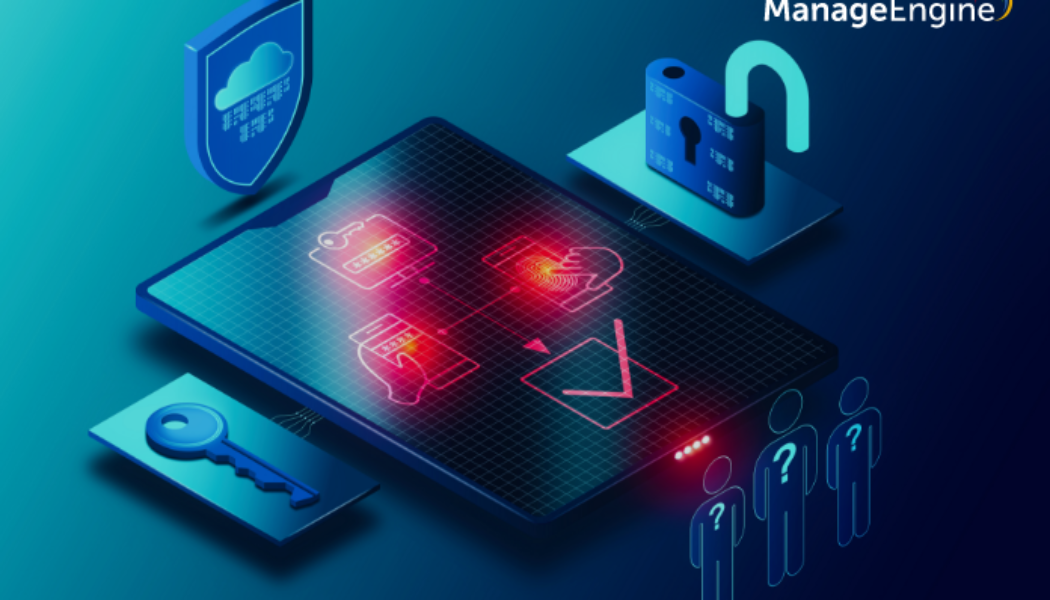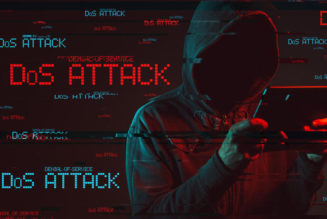Never trust, always verify–the need for Zero Trust
There’s a fairly high chance you already know how Zero Trust works, especially if you’re involved in IT. But even if you know what it is, do you know why this principle is as important as it is? And does it actually offer real world benefits to an organization?
The last two years demonstrated that many organizations can operate without necessitating that everyone must come into an office building to work. Daily commutes became unnecessary, a thing of the past. Work was still getting done and organizations enjoyed reduced costs. Consequently, some companies have moved to a complete remote work model, while most have opted for a hybrid work arrangement.
Remote work arrangements (both hybrid and full remote) brings with them their its own set of problems, chief of which is security. As an increasing number of people are working remotely, companies are being exposed to more risk. A lot of people use their work devices for personal activities and vice versa. Some companies also follow a “Bring Your Own Device (BYOD)” approach, blurring the line between personal and work uses. But when a work device is used for personal activities, it has the potential to endanger the organization’s networks and data. All it takes is one wrong link or page.
So, how does the Zero Trust approach help organizations in these circumstances?
-
The Zero Trust approach requires that anyone requesting access to company data should authenticate themselves and their device’s identity. The security of these devices is also inspected and verified constantly. This ensures that unauthorized threat actors and malicious devices will not be able to infiltrate the network.
-
Zero Trust follows the “Principle of Least Privileges,” where users are given only the access they require for the completion of a task. If a user does not need an access right, they are denied this right.
ZTNA is an IT security solution that securely provides remote access to a specific application or service of an organization. This differs from a VPN, which provides secure access to an entire network.
A ZTNA model, especially its restricted access, is beneficial as it can prevent “lateral movement attacks” where a threat actor can exploit a weak link to infect the entire network.
Of course, Zero Trust isn’t perfect–it isn’t a single solution to all security risks. Some may also argue that as of right now, we do not possess the technology required to maintain a robust and leak-proof Zero Trust system. But, there’s no denying it is the next step towards achieving an airtight IT security system.
ManageEngine’s comprehensive suite of IT management solutions, including IT service management, operations management, Active Directory management, IT security, analytics, and endpoint management, complement the Zero Trust framework. Enhance your IT security by adopting the Zero Trust security framework with ManageEngine.
Staff writer











Tagged: Security, Sponsored